We think of Bruce Springsteen and the E Street Band as a gang as much as a band, a tight-knit unit ready to face off in the streets, to paraphrase the Boss, with any other collective out there. But there was a brief stretch when Bruce cut loose his longtime backing band. At the time, it was hard to tell if and when a reunion would happen.
Videos by American Songwriter
Luckily, Springsteen put all worries to rest by calling the E Street Band back to the fold. The occasion for this was a greatest hits album meant to celebrate all they’d done to that point.
The “Other” Band Era
It was one of the most controversial moments in Bruce Springsteen’s career. In late 1989, Springsteen informed the members of the E Street Band that he’d be working with other musicians for an indefinite amount of time, thereby scuttling the band with whom he had recorded and toured exclusively since right around the making of his first album.
Springsteen was going through a somewhat tumultuous period of his life. He divorced his first wife before marrying Patti Scialfa, with whom he soon became a parent. On top of that, he was undergoing therapy for the first time in his life. In the context of all that, a major professional change was somewhat understandable.
He assembled a new group of musicians (along with Roy Bittan, the lone E Streeter to survive the purge) for a pair of 1992 albums and a subsequent tour. While these projects did well enough from a commercial standpoint, the consensus from critics and fans was they were something of an artistic letdown.
Getting the Band Back Together
Springsteen fought back from this career valley with a ringing success in 1994: the one-off song “Streets of Philadelphia,” which won him an Academy Award. He followed that up with the decision to release the first official greatest hits album of his career. The choice to record some new songs for the package gave him the perfect opportunity to reconvene the E Street Band for the first time in six years.
Springsteen and company recorded three new songs in New York City in early 1995. These songs (“Secret Garden,” “This Hard Land,” and “Blood Brothers”) featured the classic lineup that had been in place since the Born to Run album in 1975 (along with Nils Lofgren, who had joined in the ‘80s). Steven Van Zandt also returned to the fold for the first time after leaving the band during the making of the Born in the U.S.A. album, adding a mandolin part to “This Hard Land.”
Instead of choosing one of these three tracks to reintroduce the band, however, Springsteen released “Murder Incorporated,” which was recorded in 1982 for Born in the U.S.A. but didn’t make the cut. The band shot a live video for this song that turned into a kind of mini-concert.
Back to Business Full-Time
Springsteen’s next release, which came later in 1995, was the mostly solo The Ghost of Tom Joad. But it wasn’t long before the E Street Band was back at the forefront of his artistic endeavors. First came the release of Tracks, a four-disc collection of outtakes and unreleased material that displayed the group’s contributions through the years.
Finally in 1999, it was time to make it a full-time concern again. The E Street Band joined Springsteen on the Reunion Tour, a two-year international jaunt that hit all the high points of their careers together. In 2002, the E Street Band would make their formal return to recording with the Boss on The Rising.
In terms of his career output, those three new songs on the Greatest Hits album are just a drop in the Springsteen bucket. But in what they represented as a reconciliation with his classic band, they couldn’t have been more momentous.
Photo By Andrew D. Bernstein/Getty Images

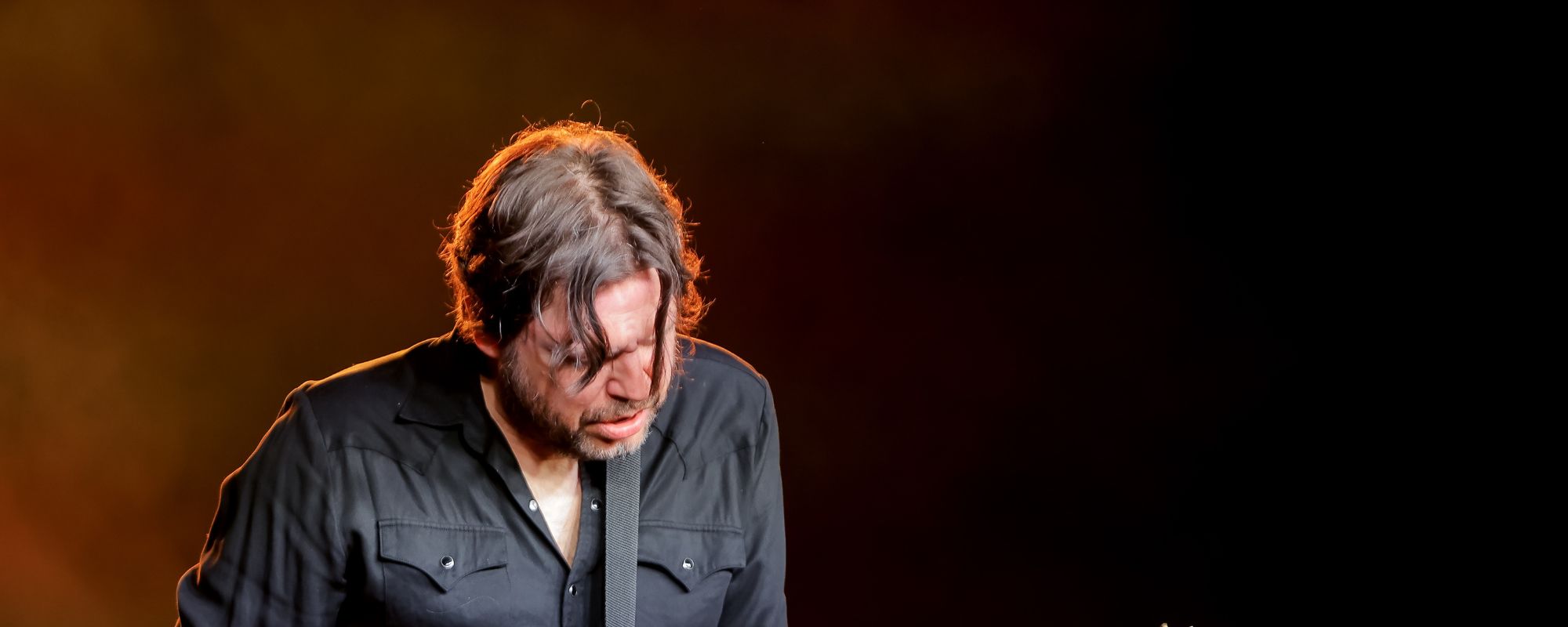
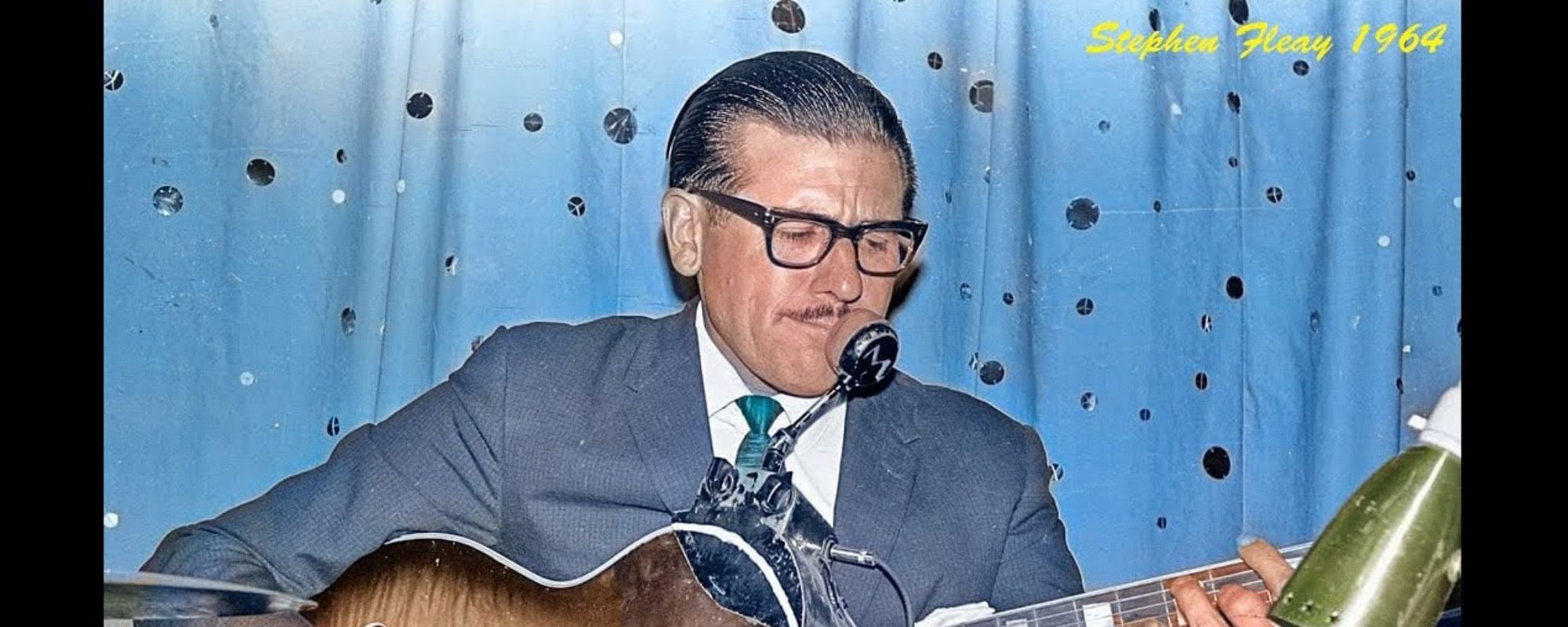
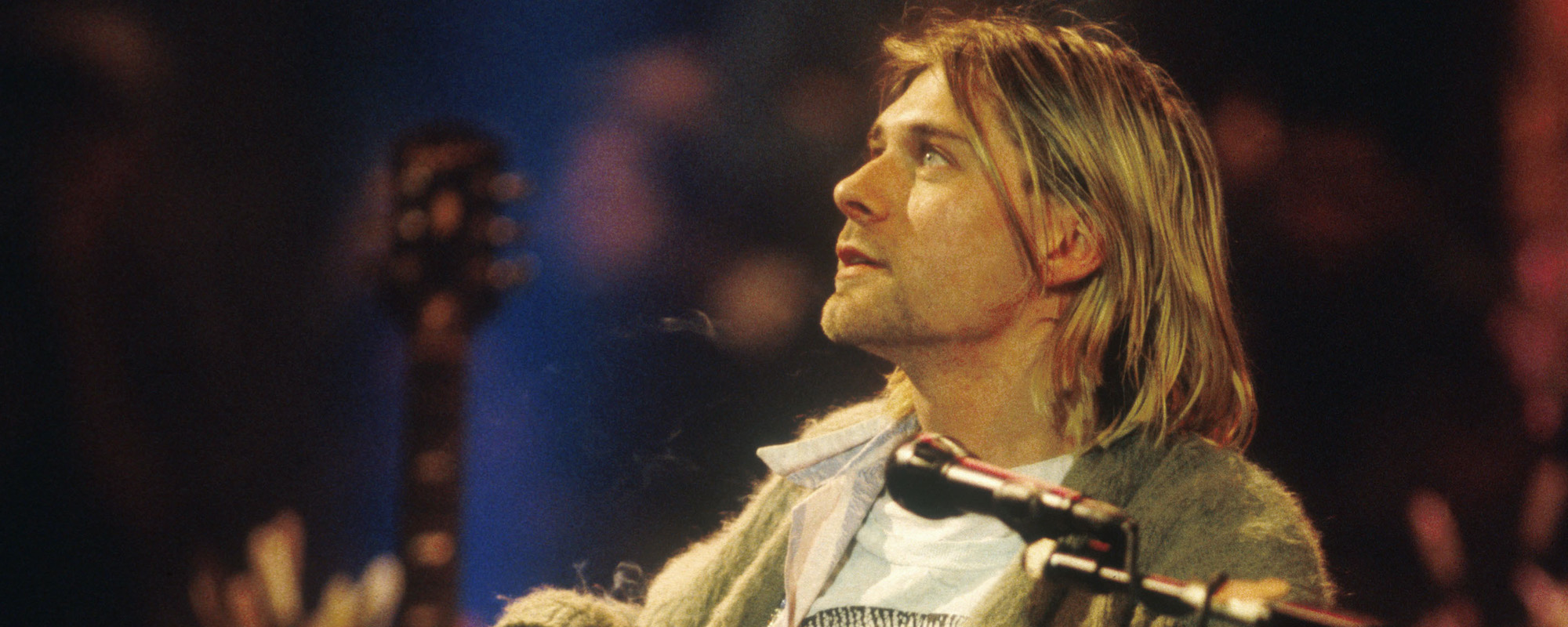


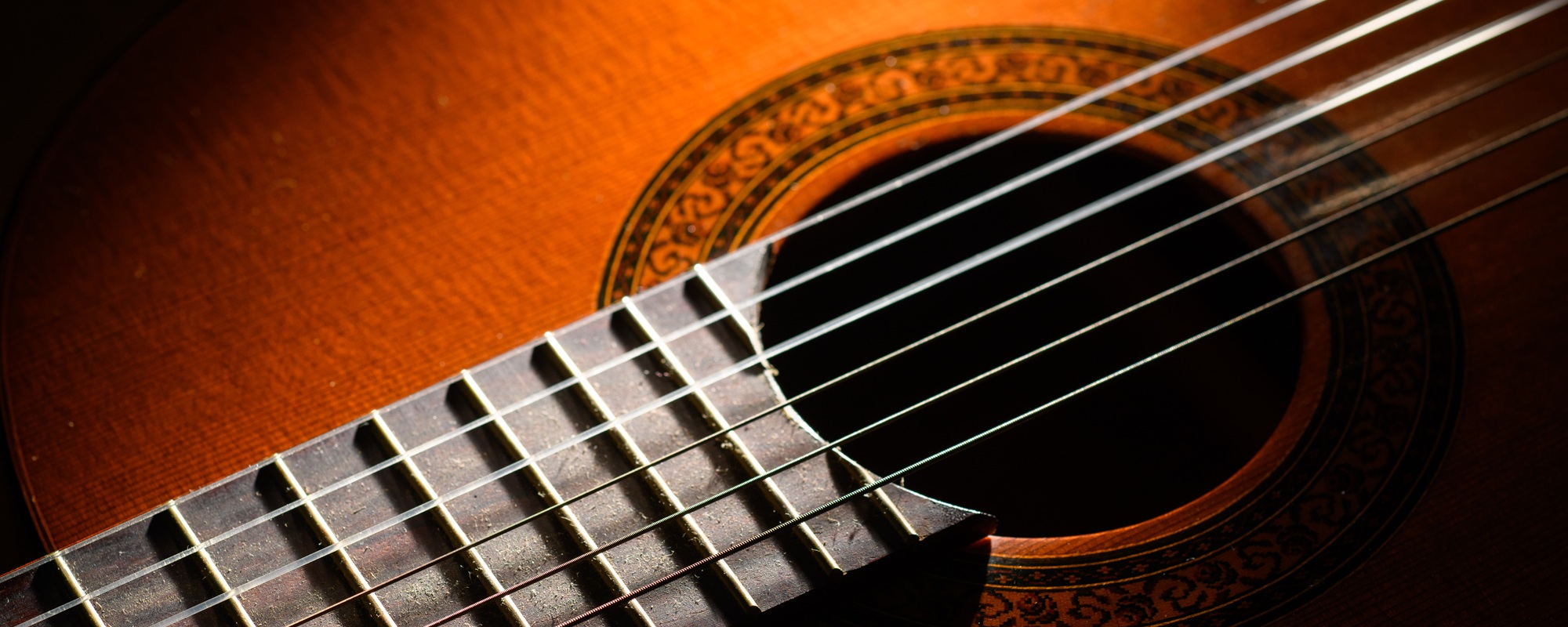
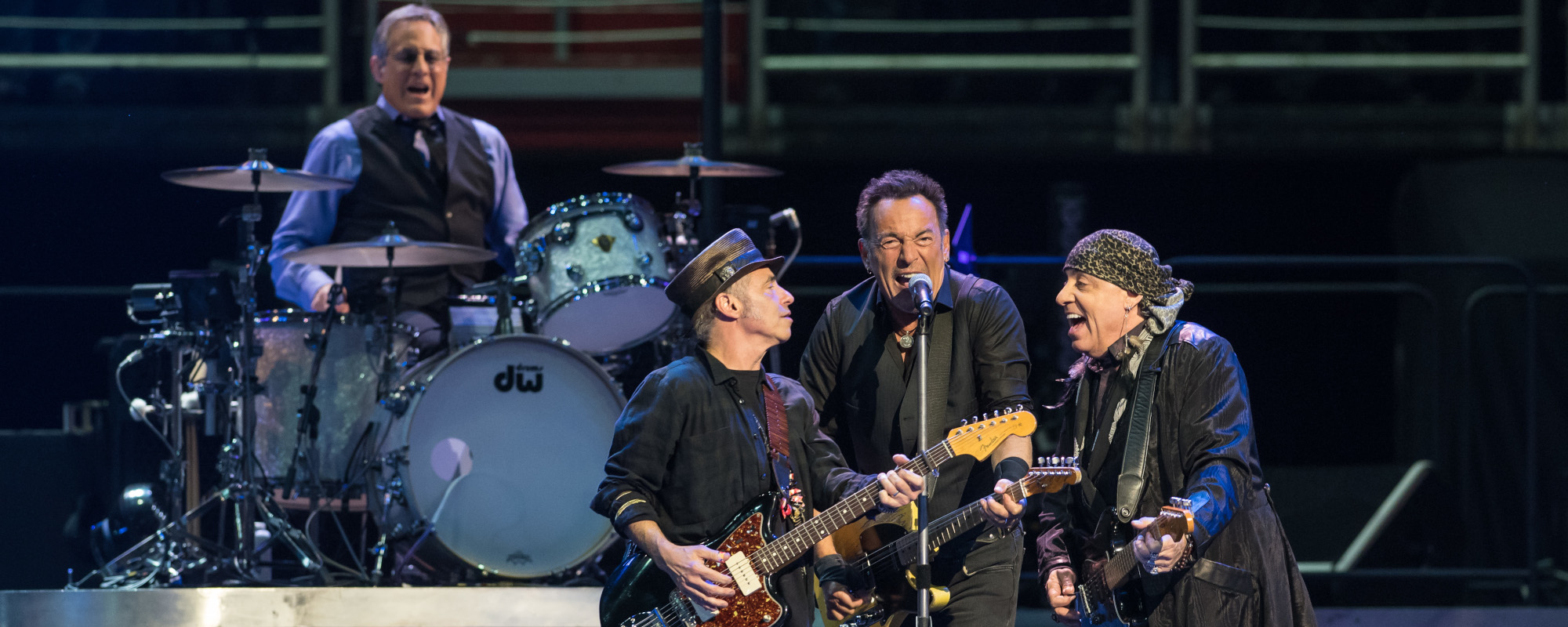
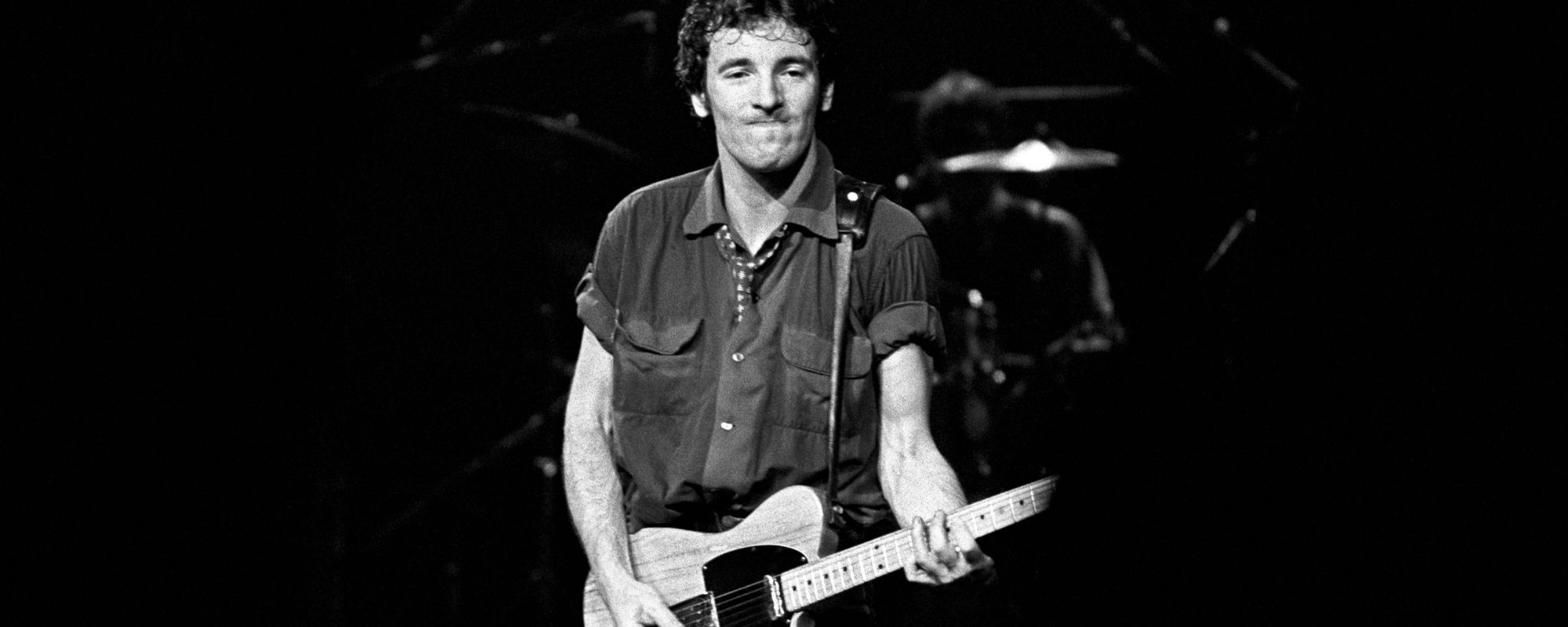
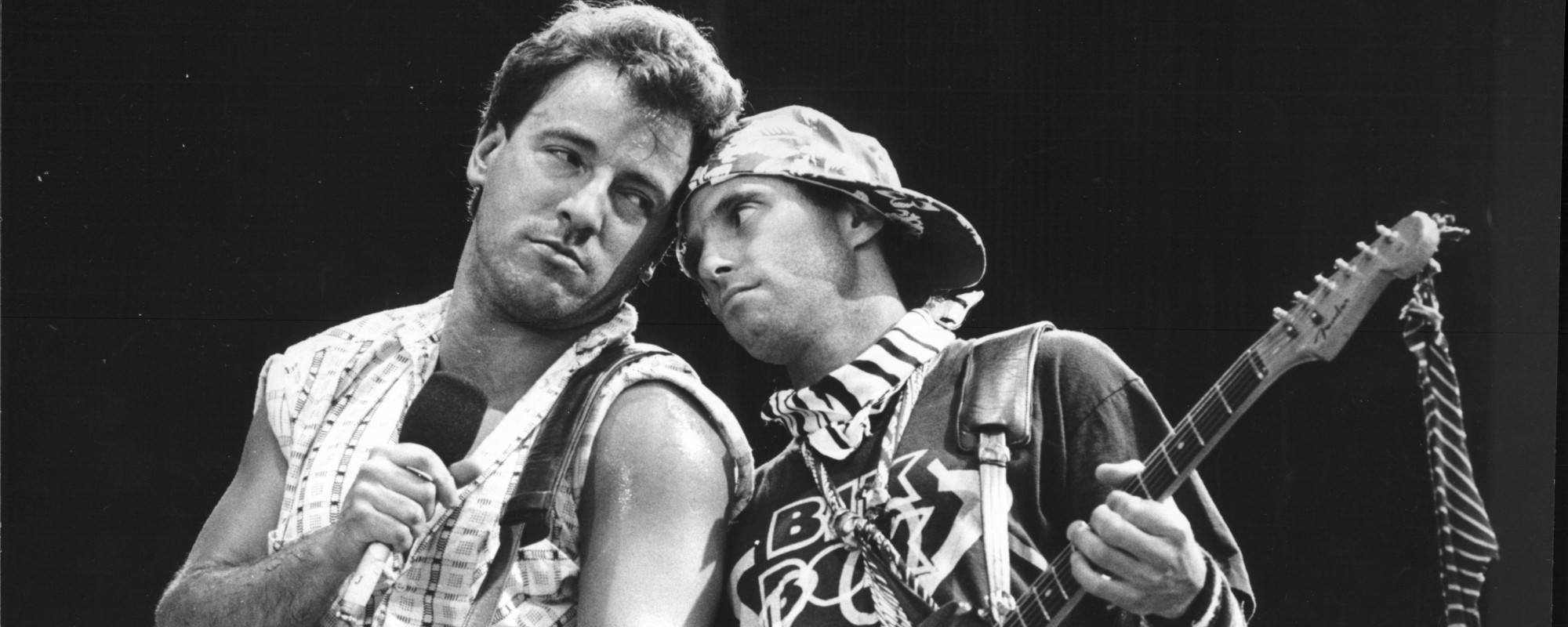

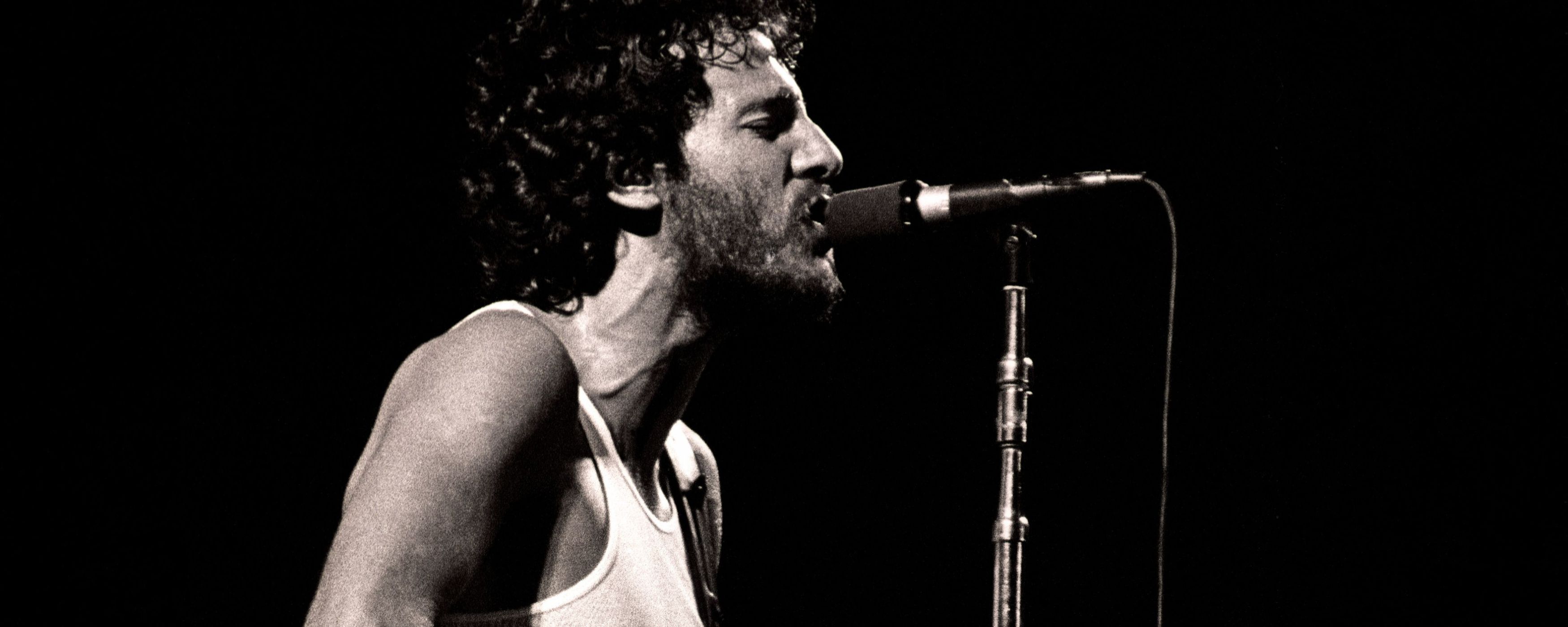
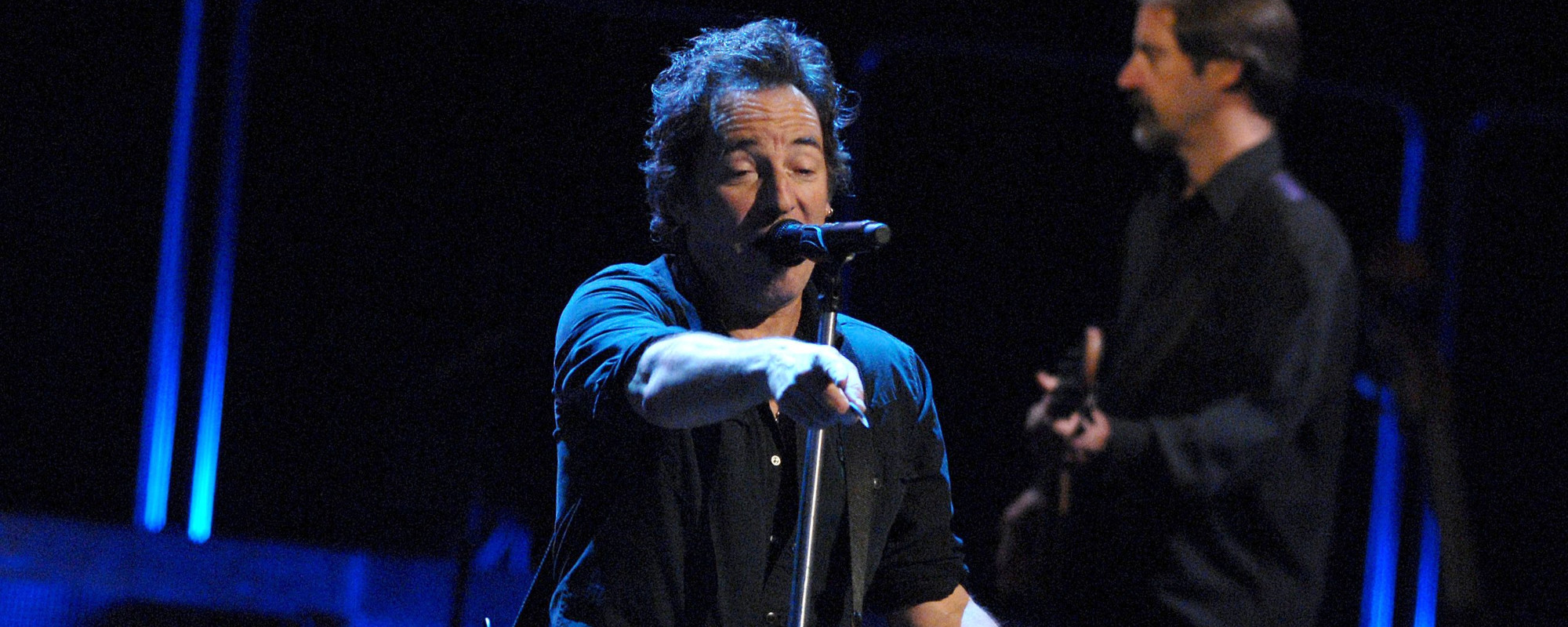
Leave a Reply
Only members can comment. Become a member. Already a member? Log in.